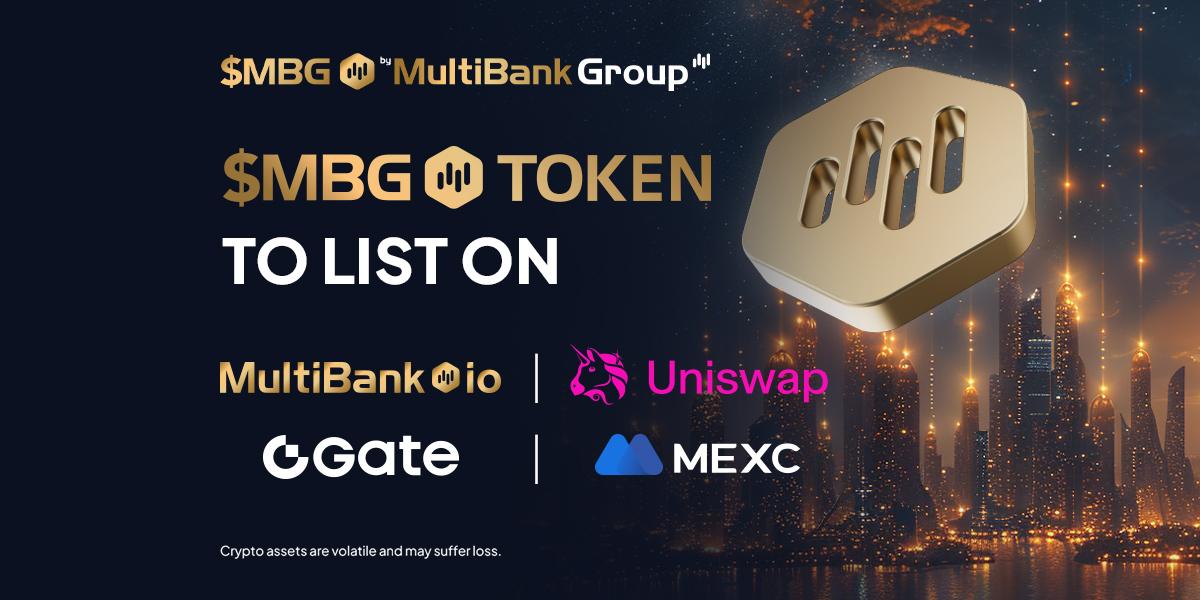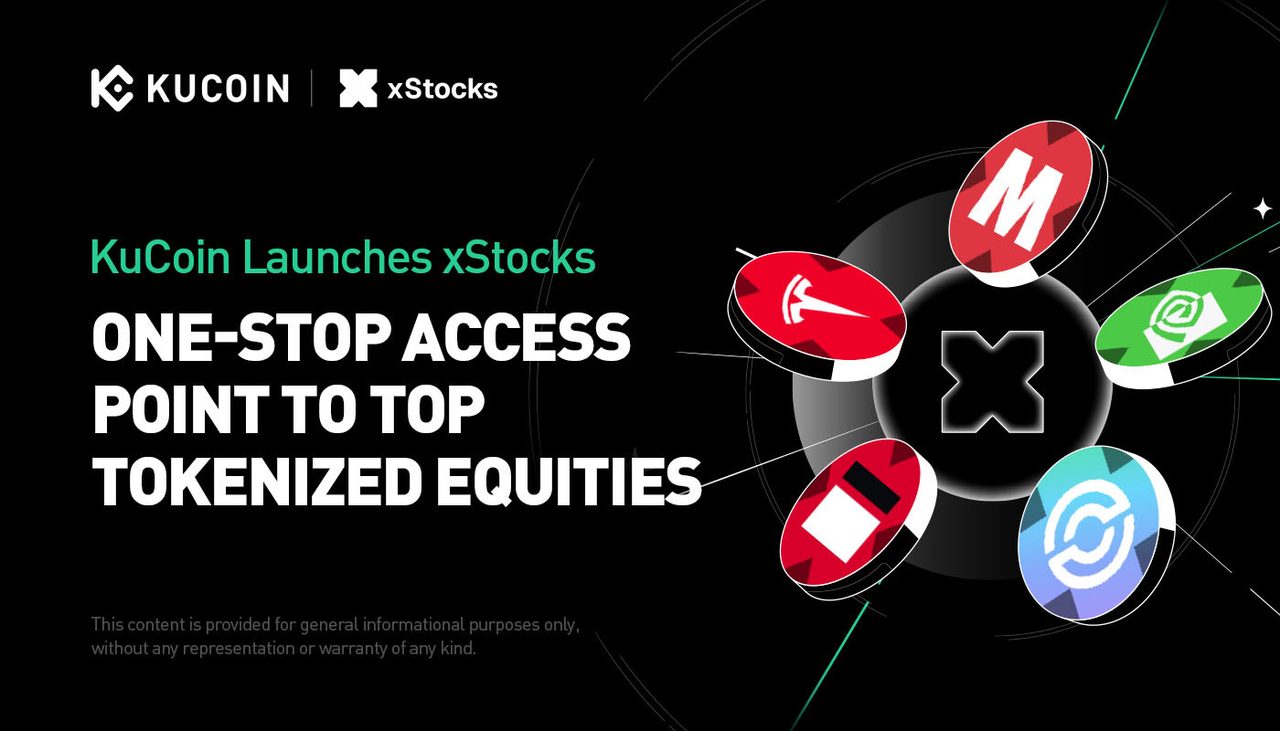Proof-of-donation is a concept in the blockchain space that involves integrating charitable contributions into the functionality of a blockchain network. It aims to redirect funds towards charitable destinations by leveraging smart contracts and activating donations with each transaction.
This innovative approach combines blockchain technology with philanthropy, introducing altruism and sustainability to the transfer model. As blockchain activity expands, proof-of-donation ensures that charitable donations increase, contributing to the sustainable growth of the network.
One example of proof-of-donation implementation can be seen in the approach adopted by the Hermez Network. In this case, coordinators compete for the opportunity to process transaction batches using the HEZ token. When a coordinator wins a bid, 40% of the winning bid is automatically donated to Gitcoin, an organization supporting Ethereum public goods. Additionally, 30% of the bid is burned (destroyed), reducing the supply of the token, and the remaining 30% is redistributed back to the network.
This mechanism aligns the incentives of network participants with charitable giving. By incorporating proof-of-donation into the blockchain, developers and users can actively contribute to the greater good while engaging in decentralized transactions.
Why is Proof-of-Donation Important?
Proof-of-donation introduces a novel way of using blockchain technology to address social challenges and contribute to charitable causes. It goes beyond traditional finance by automating and ensuring transparency in the donation process.
Here are a few reasons why proof-of-donation is important:
- Increased Charitable Contributions: By integrating donations into blockchain transactions, proof-of-donation encourages more individuals and entities to contribute to charitable causes. This can lead to a significant increase in overall donations as the blockchain ecosystem grows.
- Transparency and Accountability: With blockchain’s transparent and immutable nature, proof-of-donation allows for enhanced accountability and tracking of charitable contributions. Donors can be assured that their funds are being used for their intended purpose.
- Positive Social Impact: By incorporating proof-of-donation, blockchain networks can make a positive social impact by supporting various causes and organizations. It provides an opportunity for the blockchain community to give back and contribute to the greater good.
- Sustainable Network Growth: Proof-of-donation ensures that as blockchain networks grow, so do the charitable contributions. This sustainable growth can lead to increased adoption and support for the blockchain ecosystem as a whole.
What is the role of Jordi Baylina in Proof-of-Donation?
Jordi Baylina, a highly skilled Solidity developer and a significant contributor to the Ethereum community, has played a crucial role in advancing the concept of proof-of-donation.
Baylina co-founded the White Hat Group, which played a pivotal role in recovering funds from TheDAO and Parity Multisig hacks. His expertise extends to developing well-established contracts in the Ethereum space, including the MiniMe token contract and the elliptic curves Solidity library.
As an auditor, Jordi has led teams in auditing projects such as the MakerDAO Stable Coin system and Aragon. He has also founded several blockchain-based platforms, including the donation platform Giveth, DAppNode, Iden3, and most recently, Hermez.
Through his work and contributions, Jordi Baylina has demonstrated the potential of proof-of-donation to promote social impact and drive positive change in the blockchain ecosystem.
What is the conclusion?
Proof-of-donation represents an exciting development in the blockchain space, leveraging technology to drive philanthropic efforts and sustainable growth. By integrating charitable contributions into blockchain transactions, proof-of-donation encourages increased donations, enhances transparency and accountability, and makes a positive social impact.
Jordi Baylina, with his expertise and contributions, has been a key figure in advancing the concept and implementation of proof-of-donation. His work with projects like Hermez showcases the potential of this model to benefit both blockchain networks and charitable organizations.
As the blockchain ecosystem continues to evolve, the integration of proof-of-donation paves the way for a more socially conscious and sustainable future.















